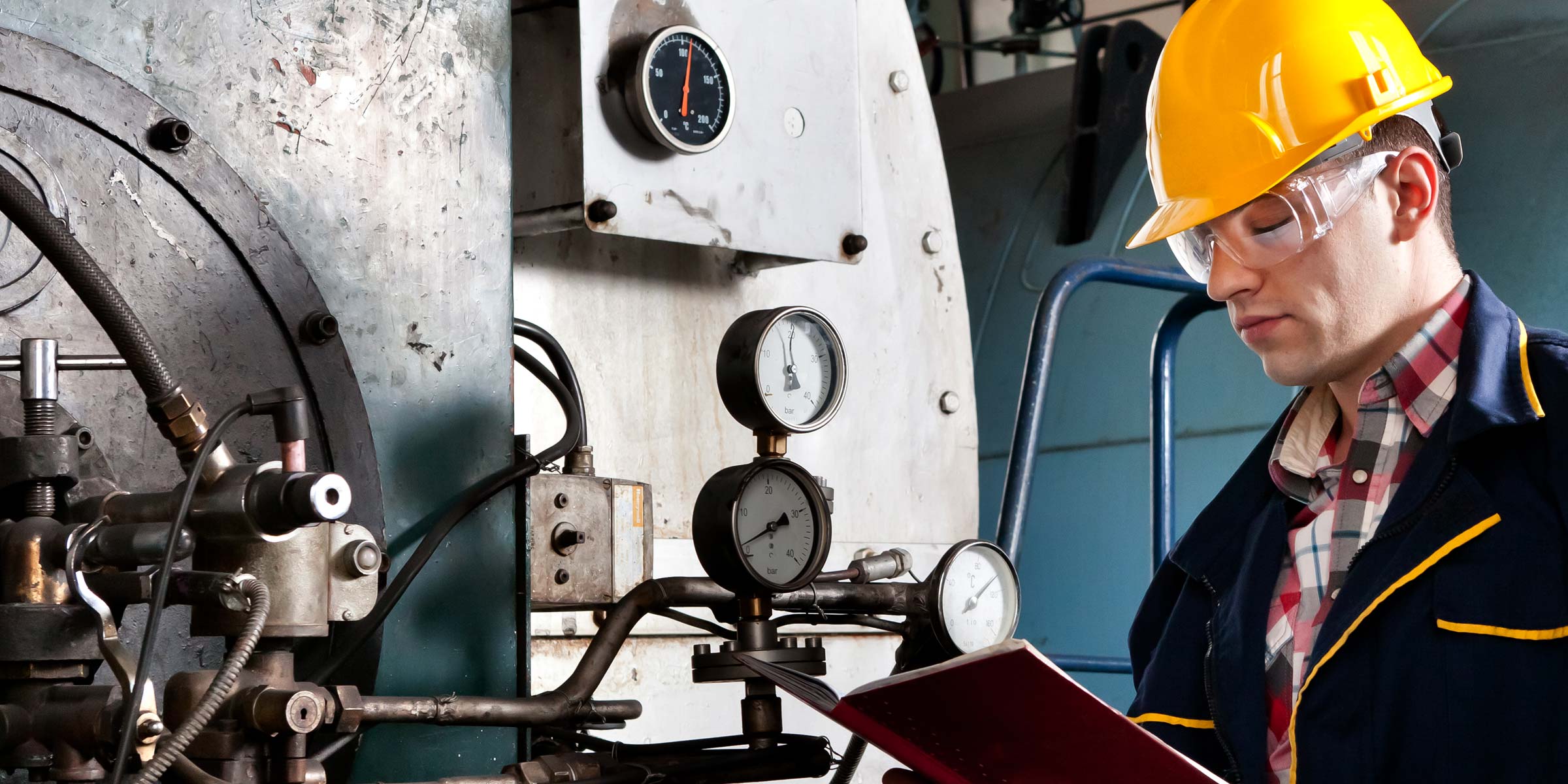Simple Steps to Optimize a Hydronic Boiler System for Winter

Winter is approaching, therefore it’s time to perform a few simple steps to prepare your hydronic heating system for this year’s heating season. By completing these steps, heat transfer will be optimized, fuel costs will decrease, as will carbon emissions, and the overall efficiency of the system will increase by reducing system cycle times.
The first step is to check for any system leaks visually. Leaks, especially major ones, will need to be addressed, in order to replace any seals or valves that may be broken. This will ensure water, glycol, inhibitor, and energy additive levels remain ideal.
The next step is to schedule water treatment services to check the corrosion inhibitors, glycol, and other fluid levels within the system. Scale and mineral deposits in a system, increases system run time which requires more fuel, and may decrease overall system efficiency. If it has been over 6 months, it’s also good to check dissolved iron levels. Too much dissolved iron in these systems will corrode seals, gaskets, and pumps, therefore it is a good idea to keep an eye on those levels, twice a year. The water-treater will evaluate the system fluid and add necessary top up on system chemicals they find necessary. They will also make note of possible leaks which would be indicated by decreased inhibitor levels or noticed visually.
A certified water-treater checks corrosion inhibitor, glycol, and other fluid levels within the system. Another important step is to make sure all filters have been changed in order to protect the pump seals from abrasive particles in system fluid and to help prolong the life of the equipment. Filters remove these small suspended solids, which makes this a very important step to take. Your water treatment provider may even do this for you!
Finally, if you haven’t added EndoTherm® to your system, the time to do so is now! EndoTherm® is an energy-saving additive, that maximizes heat transfer of system water by reducing the surface tension of water.
This additive is proven to save up to 15% on energy costs by decreasing system run time which ultimately requires less fuel. The added benefit is the reduction of greenhouse gases by decreasing carbon emissions, which not only helps the environment but also helps buildings achieve LEED credits. To begin the project, a free energy audit and system sizing is completed to determine how much EndoTherm® is needed for the system. Installation is the easiest part as it requires no system downtime! Water alone isn’t enough, add EndoTherm® to your system to begin saving on energy costs this winter!
Contact Pace today for your Clean Energy Project consultation with an energy specialist and for any water treatment needs.




